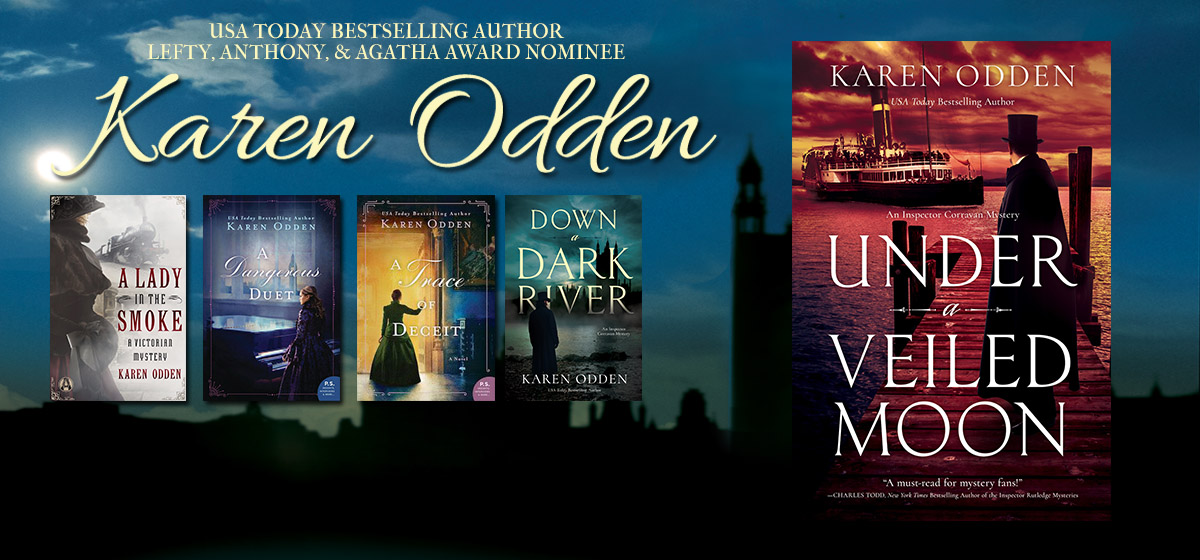(Such a cool word that I was never sure how to pronounce: duh-GARE-uh-type)
On this day (January 9) in 1839, the daguerreotype, which many consider the first viable photographic process, was publicly announced at the French Academy of Science. It was also announced in the London periodical The Athenaeum the same month and stirred great interest in England.

As with many inventions, photography emerged as the result of several inventors working individually and in collaboration. In 1826, what some consider the first photograph was taken by the Frenchman Joseph-Nicephore Niepce. It was of a barn. However, it required an 8-hour exposure time. This was not particularly viable in many cases – portraits, for example.
The first daguerreotype, which required less than half an hour, was taken in 1838, when Daguerre captured the Boulevard du Temple in Paris, including a shoe-shiner and his customer in the lower left-hand quadrant (near the curb).

The daguerreotype quickly became popular and was recognized as a major step forward in modes of representation. Edgar Allen Poe called it “the most important, and perhaps the most extraordinary triumph of modern science,” and the artist, critic, and author John Ruskin claimed, “Amongst all the mechanical poison that this terrible nineteenth century has poured upon men, it has given us at any rate one antidote: the daguerreotype” (1845).
What’s the backstory?

Louis Jacques Daguerre was born November 18, 1787 in Cormeilles-en-Parisis, France (died 1851, the year of the Great Exhibition at the Crystal Palace in London). Daguerre’s early professional life included being an artist and an assistant set designer for stage plays. He strove to dazzle his audience with realistic scenes that represented day turning to night and good weather to bad, and created the impression of motion. He later called them “dioramas,” or “dramas of light.” His illusions depended on representing objects realistically, which he accomplished with the help of a camera obscura.
The “camera obscura” – a light-proof box, with a lens, through which an image passed – had long been used by artists as a tool to increase the accuracy of representing three-dimensional objects in two dimensions. With an object’s image projected on paper or canvas, the artist could then more accurately sketch his or her representation of the object.

Daguerre became interested in finding a way to fix the image on a surface or plate without the artist’s intervention. Building on the work of Niepce, he sought a special material that might capture an image inside the camera obscura and then stop capturing anything more, so the image was rendered permanent.
Daguerre eventually hit upon using silver-plated copper sheets, which he treated with iodine to make them sensitive to light. After projecting the image onto them in the presence of light, he exposed the plates to warm mercury vapor, which combined with the silver to fix the image. A saline wash prevented further exposure.
The daguerreotype was popular into the mid-1850s, when new technologies including glass negatives and paper prints, which had the advantage of being reproducible, evolved.



